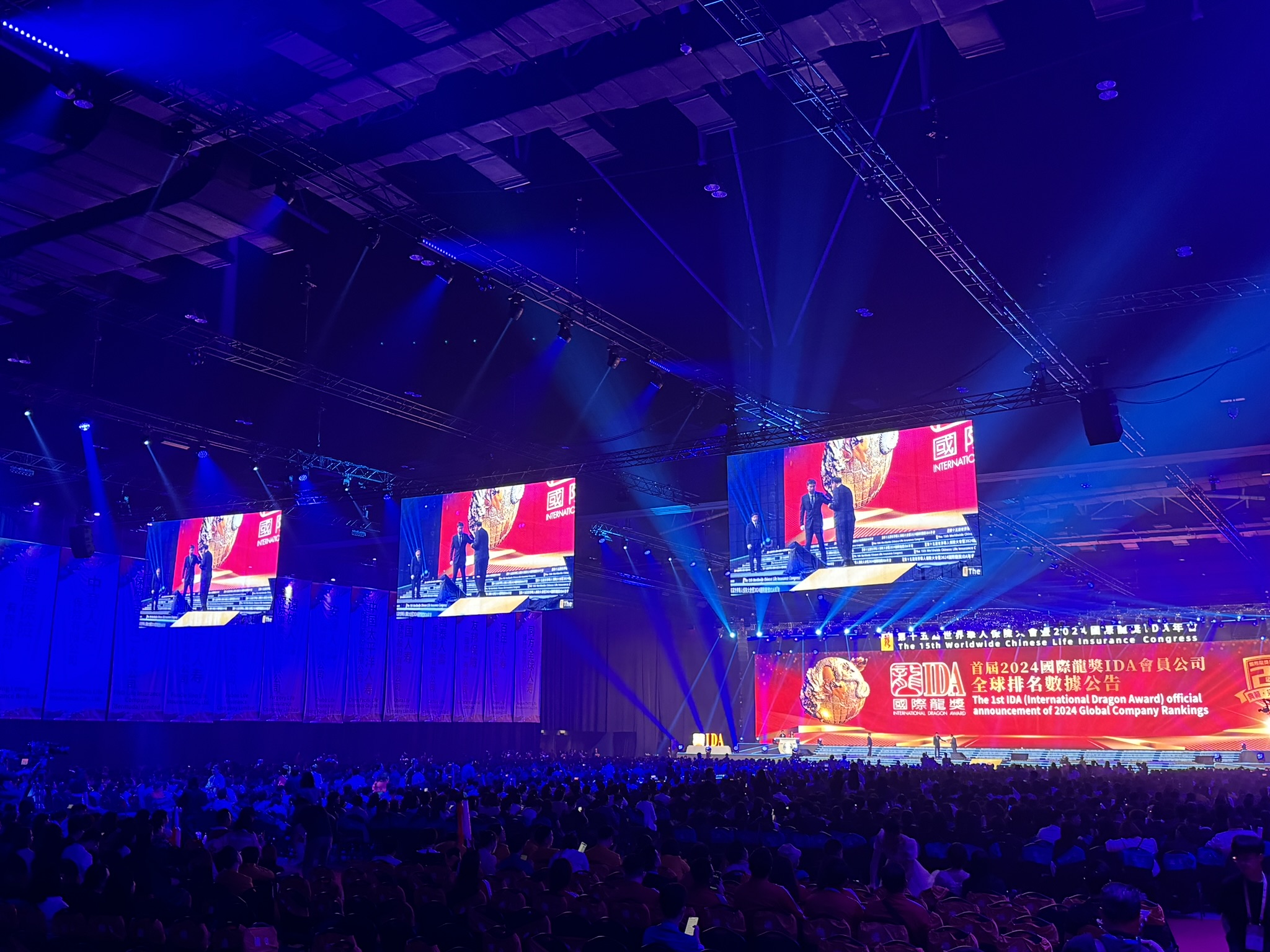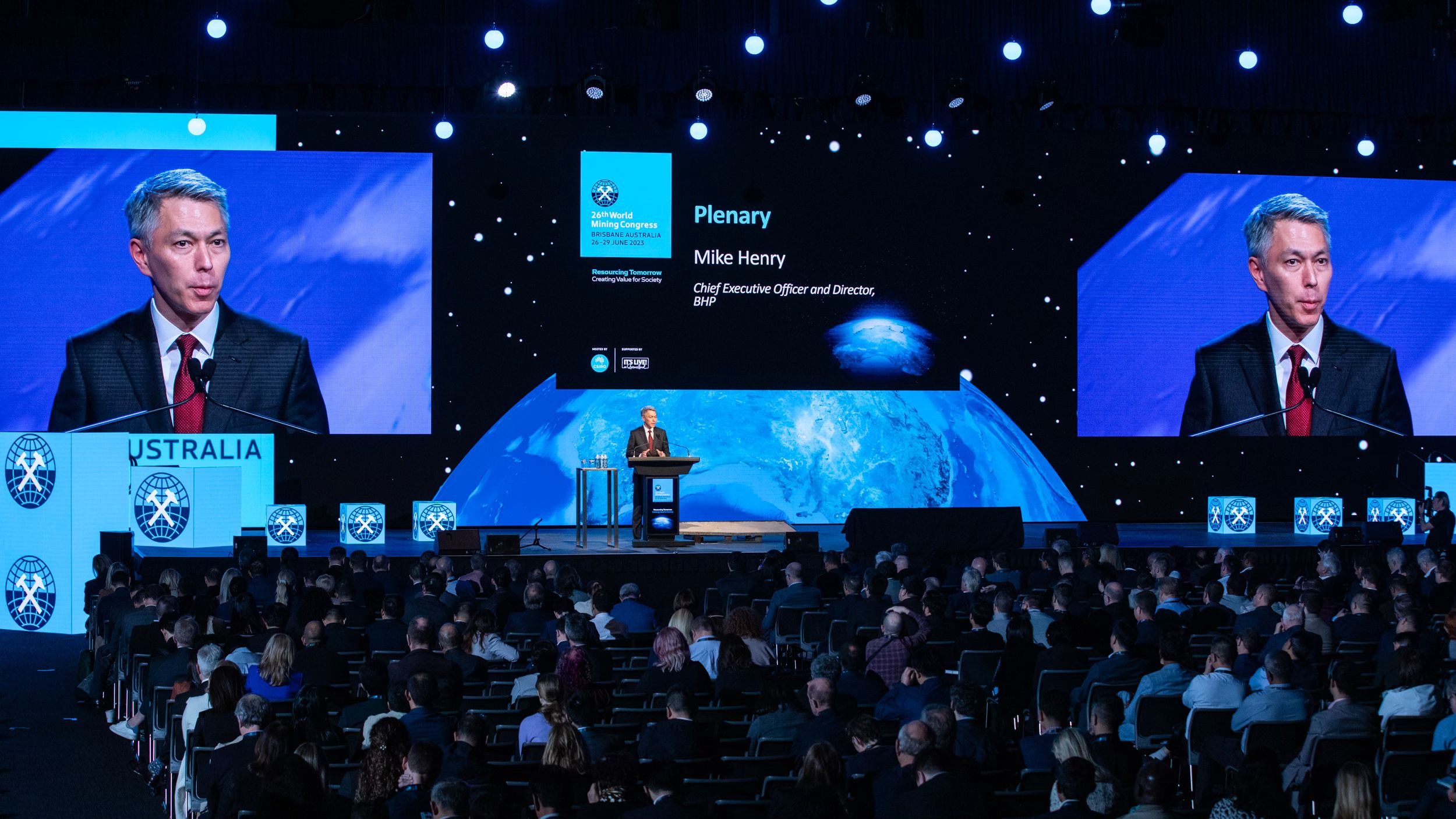It was quite an adventure. The eight boats competing in the Volvo Ocean Race set off from Cochin, India on December 13 for Singapore, some 1,950 nautical miles away.
For the next nine days or more, they sailed all day and all night, battling strong currents, light headwinds and rain squalls in the Bay of Bengal, before reaching the Straits of Malacca, where they faced the frustration and danger of being becalmed in one of the busiest shipping lanes in the world.
The Singapore stopover from December 22, 2008 to January 18, 2009 was based at Sentosa Cove and ONE°15 Marina Club on the resort-island of Sentosa, south of mainland Singapore.
For the Swedish car giant behind the race, the event was an investment in marketing its brand and cementing its core corporate image to an event that would ensure drama and fun both on sea and land. The company has also branched out of its four-wheel expertise and itself builds racing yachts.

Karin Bäcklund, Volvo’s executive director (product and corporate communication), explained the reasons why the car company saw the event as a great promotional opportunity.
“It gives our corporate guests a once-in-a-lifetime experience and it gives us huge global media exposure. Research shows that it significantly increases both brand awareness and moves brand perceptions toward the character of the race , such as excitement and adventure, while building on our core values of safety, environment and premium quality,” she said.
When the race arrived in Singapore, Volvo was determined to leverage as much as possible out of its presence.
Its strategy was to use the event as a backdrop to reward top achievers within its own sales force, and to recognise its key relationships with dealers.
For example, the company organised its Volvo Construction Equipment (VCE) Asia Pacific dealers’ conference, an incentive for top salespeople and a staff day for Volvo’s exclusive dealer in Singapore SM Motors, with the race’s arrival.

The dealers’ conference was held in One 15 Marina Club and the next day the group watched the race from a chartered boat.
The sales incentive winners were given a tour of the Race Village on Sentosa and were also able to watch parts of the race from a specially arranged vessel, while SM Motors staff were treated to a gala dinner at the Marina Club.
Other major corporate sponsors were Sony Ericsson and banking giant UBS.
Patricia Enslow, managing director and head of marketing, segment and sales management at UBS Wealth Management Asia Pacific, described the Volvo Ocean Race as a unique opportunity to engage clients, employees and community partners.
“UBS’s sponsorship reflects its commitment to the community here as well as its clients in Singapore and Southeast Asia,” she said.
She added that the sponsorship also brought outstanding branding benefits through international media and television coverage, and offered unique entertainment opportunities for the clients of UBS.
The organisers had been looking for three ports in Asia and Singapore rose quickly on the shortlist. Marcus Hutchinson, communications director of the Volvo Ocean Race, said: “The Volvo Ocean Race, when it looks for stopover ports, looks for a port/city/venue that would fulfil its needs for a particular stage of the race. In no particular order, that includes a proper space for servicing the yachts, a suitable marina infrastructure for the hosting the race village and the race, a well-connected venue with easy international air travel.
“We also need sufficient hotel and restaurant infrastructure for the teams, their guests and race visitors, a dynamic and motivated local organising authority, a suitable race course for the in-port racing, a market and population that is attractive to the commercial world.
“Singapore fulfils all of those requirements and so was an obvious choice from early in the process,” he said.
The organisers were assisted by the fact that they had the Singapore Tourism Board (STB) onboard as a major stakeholder. Noted Turnbull: “Bringing major international events to the island is one of their priorities. We basically had their support to push things through, to get action from the other agencies. With their (STB) support, that gave the signal that this was an event they (the other agencies) should also support.”
The main race organisers were happy with the way things turned out. “Singapore has fulfilled all that was asked of it.
“We have had curious spectators coming to see the show, we have had great media coverage and we have, I hope, left a favourable impression of what the Volvo Ocean Race is and what its potential for the future might be,” Hutchison said.
For the fleet, leaving on January 18 was hard, especially because they had gotten used to the balmy weather and the chance to relax by the pool with the family.
However, being true athletes, they jumped back on deck without question and set off for the 2,500 nautical mile journey to Qingdao, China. But with their batteries recharged in Singapore, they were equal to the task.


